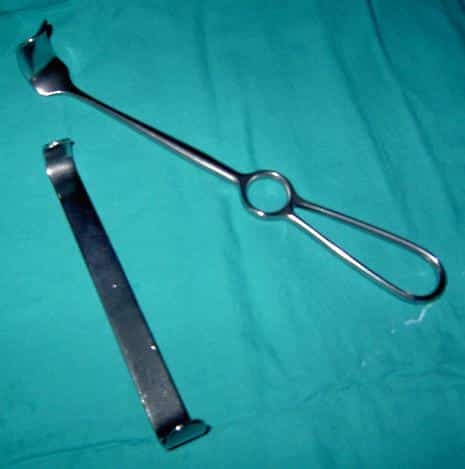Damage to any local structure is a possible complication of any surgery. Whether the procedure be simple venepuncture or open cranial neurosurgery, the principles are the same.
Types of Injury
There are several different types of injury that can occur during surgery:
- Bisection from sharp dissection
- Blunt injury from instrumentation or retraction
- Diathermy injury from the instrument directly or burns from the pads
- Entrapment pressure or incarceration due to suturing or closure of structures
In addition, remember that damage to local areas can cause damage elsewhere. For example, embolisation during carotid surgery can cause a stroke, whereas embolisation during aortic aneurysm repair to the lower limb can cause acute limb ischaemia.
At Risk Structures
The structures most frequently damaged during surgical procedures are:
- Vascular – arteries and veins
- Neurological – nerves and nerve plexuses
- Musculoskeletal – tendons, ligaments, and muscles
- Abdominal viscera – small bowel, large bowel, bladder, ureter, spleen, and liver
In Practice
When patients are consented for an operative procedure, damage to the relevant nerves or vessels should be included in the risks of surgery. It may also be important to state the possible consequences of such damage to specific structures, for example ischaemic orchitis, secondary to damage to the vas deferens, during an inguinal hernia repair.
Injury to local structures can be reduced by:
- Excellent anatomical knowledge
- Suitable planning of the surgical approach
- Careful and meticulous dissection
- Retracting vulnerable structures carefully
Post-operatively, it is important to examine the patient for signs of damage to the local structures, examining for signs of bleeding, ischaemia, pain, paraesthesia, or loss of function.
Key Points
- Vascular, neurological, musculoskeletal, and viscera can all be damaged intra-operatively
- Patients should be consented before any operation about the risks of damage to local structures
- Methods should be employed to reduce the risk of damaging local structures

